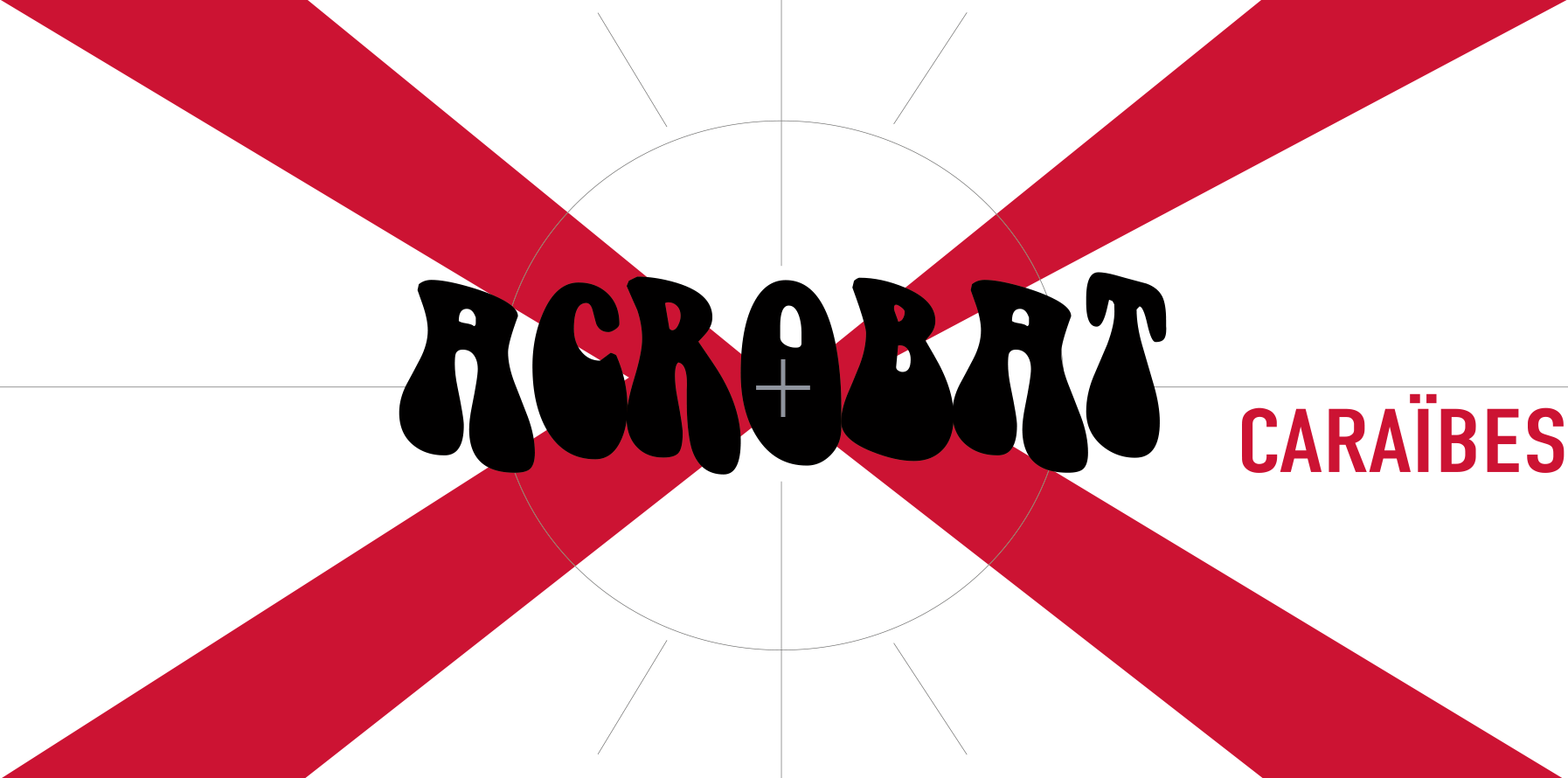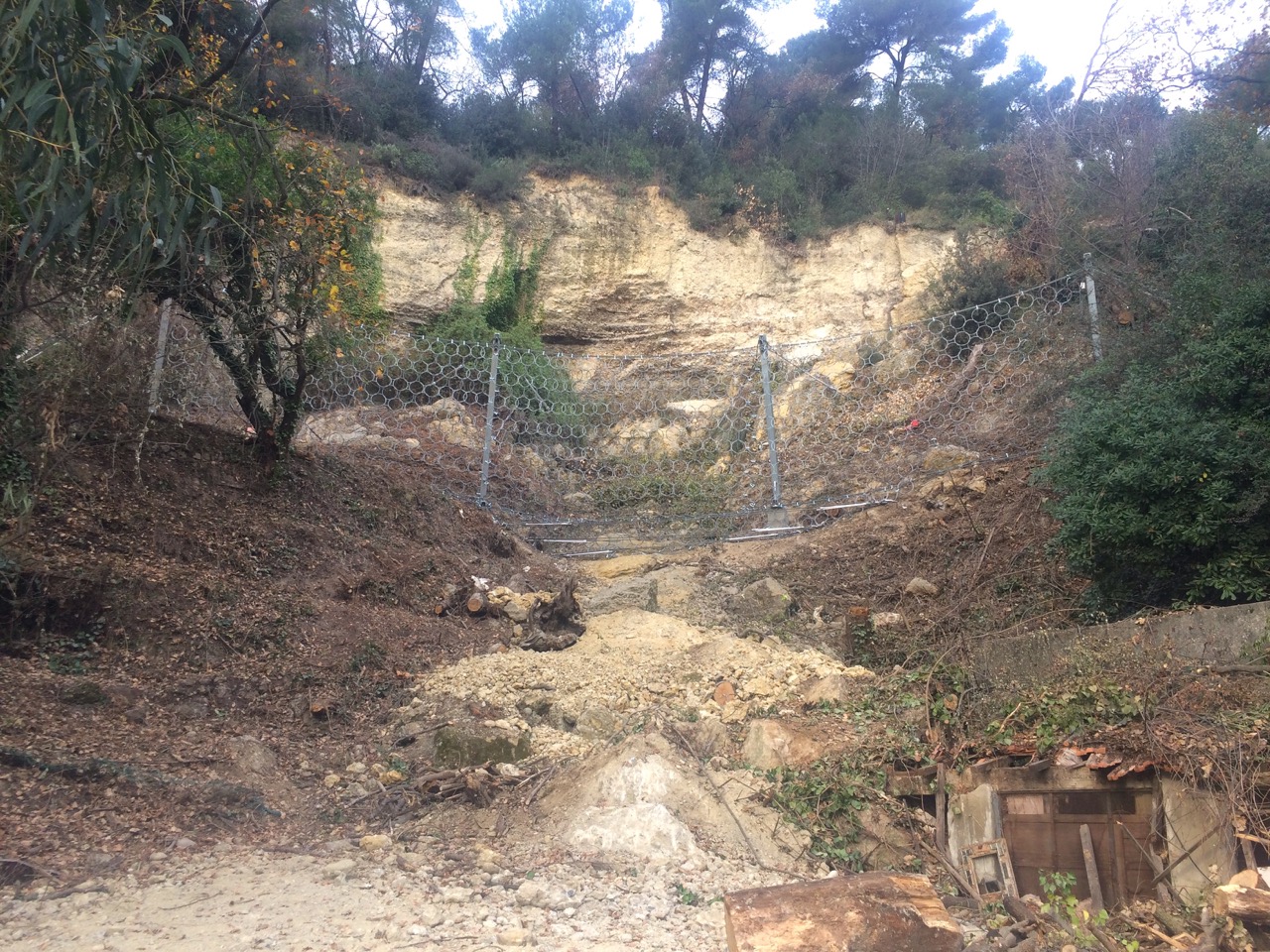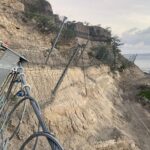
Deflector screens
Deflector Screens: Purpose and Applications
What Are Deflector Screens Used For?
Deflector screens are an effective passive solution designed to slow down, control, and redirect falling rock blocks after they detach from their original surface. Unlike other systems, deflector screens do not block or intercept the falling elements but instead break their momentum by altering their trajectory.
These screens are particularly useful when active solutions at the source of the problem cannot be implemented. They are often combined with rockfall barriers installed further downslope to ensure complete protection.
Common Applications
- High Elevations:
- Installed on tall rock faces to reduce the velocity of falling blocks before they are intercepted downstream.
- Quarries:
- Frequently used to secure rock faces several hundreds of meters high, where rockfall risks are significant.
How to Design a Deflector Screen?
The design of a deflector screen is based on:
- Impact Force Calculations:
- Assessment of the forces at both the entry and exit of the structure.
- Trajectory Analysis:
- Determining the blocks’ paths and interception heights to define the ideal screen dimensions.
- Target Exit Velocity:
- Ensuring the reduced speed aligns with the absorption capacity of downstream rockfall barriers, if present.
This meticulous approach guarantees that the deflector screen can effectively slow down falling blocks while optimizing the overall protection system.
Maintenance of Deflector Screens
Regular maintenance is essential to preserve the effectiveness of deflector screens. These structures are designed to withstand repeated impacts, but key components, such as:
- Posts,
- Guy wires, and
- Nets
can become damaged after collisions and require timely replacement or repair.
Are Geotechnical Studies Required?
The implementation of deflector screens requires less extensive geotechnical investigations compared to active treatments. However, certain specific expertise is still necessary, including:
- Analysis of tall rock faces to determine the feasibility of installation.
- Identification of instabilities based on block volumes and fall heights.
Although the initial cost of deflector screens is relatively manageable for the client, their primary limitation lies in their inability to address the root causes of rock instabilities.
Key Advantages of Deflector Screens
- Cost Reduction:
- By breaking the momentum of falling blocks upstream, deflector screens reduce the absorption capacity required of downstream rockfall barriers, thereby lowering costs on large-scale installations.
- Complementary System:
- Deflector screens work in conjunction with rockfall barriers, ensuring a comprehensive and effective solution for managing rockfall hazards.
Conclusion
Deflector screens offer a cost-effective and practical solution for controlling the velocity of falling rock blocks. However, to achieve optimal protection, they must be integrated into a global risk prevention strategy, often in combination with other protective measures such as rockfall barriers or active treatments.
Acrobat X delivers customized solutions combining expertise, precision, and safety for your rockfall management needs.
Contact us for detailed studies and tailored recommendations for your site.





